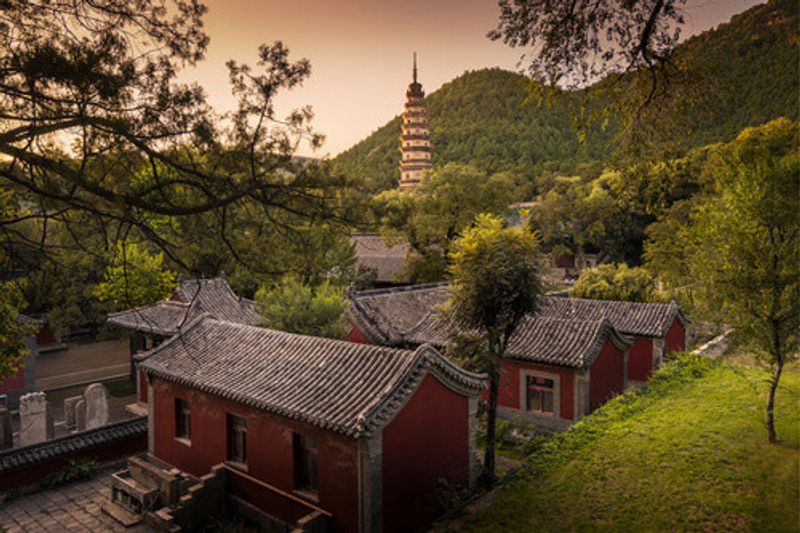Forget the modern megacities – the charms of ancient China can still be enjoyed in Jinan
The story of the river from which Jinan takes its name mirrors the region’s role in Chinese history. Shandong’s capital was named ‘south of the Ji’ after the river which once ran to its north, however, in 1852 the mighty Yellow River took a meander across its vast floodplains and swallowed up the Ji once and for all, and ever since the city has sat on the banks of China’s ‘Mother River’ – so named due to its vital role in irrigating and dumping its fertile silt across China’s agricultural heartlands. In the same way, this key region in ancient China’s pivotal Spring and Autumn and Warring States periods – when the Middle Kingdom was just what are now a few of its eastern provinces – has found itself at the heart of a much greater thing.
Jinan is nicknamed the ‘City of Springs’ due to its ample water supply – 72 springs and ten times as many wells – several of which feed Daming Lake, to the north of the city centre. As the karst springs drain from the area’s water table, the water level is pretty cool and constant year-round; the lake is covered by lotus blooms and surrounded by parkland and dotted with historic buildings, some standing on its nine islands. The park’s serene beauty has been feted by poets and authors for around 1,500 years. Its willow-lined shores have also borne witness to the region’s turbulent history; one of the most colourful episodes being when a local governor realised his rebellion against Kublai Khan (Khagan of the Mongol Empire) – at his time in the process of conquering China to found the Yuan Dynasty – had failed, he threw himself into its still waters to end his life somewhere beautiful.
Sadly for him, the Mongol warlord’s men rescued and resuscitated him in order to execute him in a far more violent fashion – trussing him up in a bag and trampling him to death with cavalry.
Along with Baotu ‘the spurting’ Spring, Black Tiger Spring is another of the city’s most famous water features. A touch of a poetic license may have been employed when naming the spring after a nearby rock said to resemble a big cat and the roar of the springs, but nowadays the springs jet out of the mouths of ornate stone tigers.
Shandong’s Chinese credentials are almost unparalleled. Its cuisine typically features both sweet and sour dishes, is one of China’s four great culinary traditions, and pretty much defined north Chinese tastes; while Jinan cuisine is even one of China’s eight recognised classic cooking styles.
Confucius, the sage who shaped Chinese culture was born in this region and the area is also home to some of the country’s holiest Buddhist and Taoist sites. In the city’s Licheng district stands the Four Gates Pagoda, which dates back to 661. Its grounds contain a 1,000-year-old cypress tree and the ruins of the fourth century Shentong Temple; nearby is the Thousand Buddha Cliff – a rock face with Buddha statues carved into it, most dating back to the seventh century.
South of town in Changqing county is home to the Lingyan Temple, which dates back to the Jin Dynasty and was one of the Tang dynasty’s quartets of holy temples; the buildings are full of top-notch Buddhist statues and relics and it was typically a place where pilgrims caught their breath before heading up to Mount Tai’an, the eastern of the Five Great Mountains of China.
Yellow River is known as the country’s ‘Mother River’; although, this nurture can easily turn to a little too much nature, and its violent flooding has earned it the far less maternal title of ‘China’s Sorrow.’ The worst of these floods killed an estimated seven million people in the Yuan Dynasty, along with another one to two million in the Qing Dynasty.






